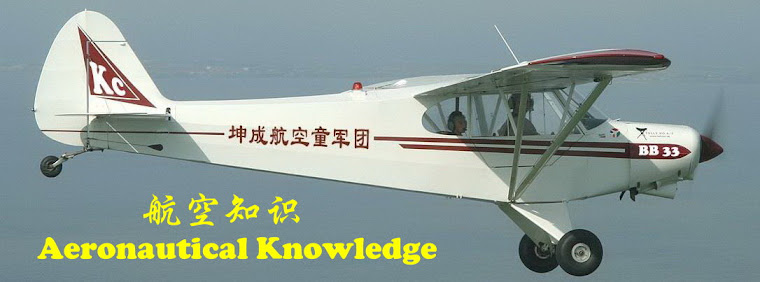
NASA is gearing up Global Hawk, a remote-controlled airplane, for its first scientific flights in coming weeks. With its capacity for long-distance, high-altitude flights that can last over a day, Global Hawk presents a new chapter in Earth science for NASA.
"It's a very exciting time," said Chris Naftel, project manager for Global Hawk. "This is the very first time that Global Hawk will be used for science.
"Northrop Grumman originally manufactured the two Global Hawks now being retrofitted by NASA several years ago. These remote-controlled airplanes can fly for about 30 hours at altitudes up to 65,000 feet and were designed initially as surveillance aircraft.
The maiden voyage over the Pacific Ocean will be followed by several other jaunts into the Arctic regions to learn more about Earth's atmosphere. One day, Global Hawks might provide real-time data from the heart of hurricanes and other major storms that are far too dangerous to risk sending in manned aircraft.
Loading the payload
Over the last couple of weeks, engineers, scientists, and aviation technicians at the Dryden Flight Research Center at Edwards Air Base in California have been mounting equipment-from high-definition cameras to ozone sensors-onto a Global Hawk.
The craft measures 44 feet (13 meters) in length with a wingspan of 116 feet (35 meters). NASA expects to operate the Global Hawk with payloads up to 2,000 pounds (907 kilograms).
The long wings carry the plane's fuel, and the bulbous nose is one of the craft's payload bays, which house the science instruments.
After a full test run with a dozen scientific instruments later this week or early next week, the first science flight will commence by mid-April, Naftel said.
The science run will be the first of four or five as part of the Global Hawk Pacific campaign, or GloPac for short. The robotic aircraft's instruments will sample the chemical composition of air in Earth's lower atmospheric layers as well as observe clouds and the sea below.
The primary purpose of the GloPac mission will be to check the accuracy of NASA's Aura satellite, which measures ozone, air quality, and climate data. The Global Hawk will fly underneath the orbiting satellite and collect data simultaneously to see if its data matches that of the satellite.
The sky is the limit
Another major goal of the early runs will be to figure out just what else is possible with the Global Hawk. "We want to know, 'how do you use this platform for research?'" Naftel said.
The ideas may come from beyond NASA: Dryden will soon have live feeds from the Global Hawk, including high-definition ocean snapshots that "should be really fascinating for the public to see," Naftel added.
"It's a very exciting time," said Chris Naftel, project manager for Global Hawk. "This is the very first time that Global Hawk will be used for science.
"Northrop Grumman originally manufactured the two Global Hawks now being retrofitted by NASA several years ago. These remote-controlled airplanes can fly for about 30 hours at altitudes up to 65,000 feet and were designed initially as surveillance aircraft.
The maiden voyage over the Pacific Ocean will be followed by several other jaunts into the Arctic regions to learn more about Earth's atmosphere. One day, Global Hawks might provide real-time data from the heart of hurricanes and other major storms that are far too dangerous to risk sending in manned aircraft.
Loading the payload
Over the last couple of weeks, engineers, scientists, and aviation technicians at the Dryden Flight Research Center at Edwards Air Base in California have been mounting equipment-from high-definition cameras to ozone sensors-onto a Global Hawk.
The craft measures 44 feet (13 meters) in length with a wingspan of 116 feet (35 meters). NASA expects to operate the Global Hawk with payloads up to 2,000 pounds (907 kilograms).
The long wings carry the plane's fuel, and the bulbous nose is one of the craft's payload bays, which house the science instruments.
After a full test run with a dozen scientific instruments later this week or early next week, the first science flight will commence by mid-April, Naftel said.
The science run will be the first of four or five as part of the Global Hawk Pacific campaign, or GloPac for short. The robotic aircraft's instruments will sample the chemical composition of air in Earth's lower atmospheric layers as well as observe clouds and the sea below.
The primary purpose of the GloPac mission will be to check the accuracy of NASA's Aura satellite, which measures ozone, air quality, and climate data. The Global Hawk will fly underneath the orbiting satellite and collect data simultaneously to see if its data matches that of the satellite.
The sky is the limit
Another major goal of the early runs will be to figure out just what else is possible with the Global Hawk. "We want to know, 'how do you use this platform for research?'" Naftel said.
The ideas may come from beyond NASA: Dryden will soon have live feeds from the Global Hawk, including high-definition ocean snapshots that "should be really fascinating for the public to see," Naftel added.


